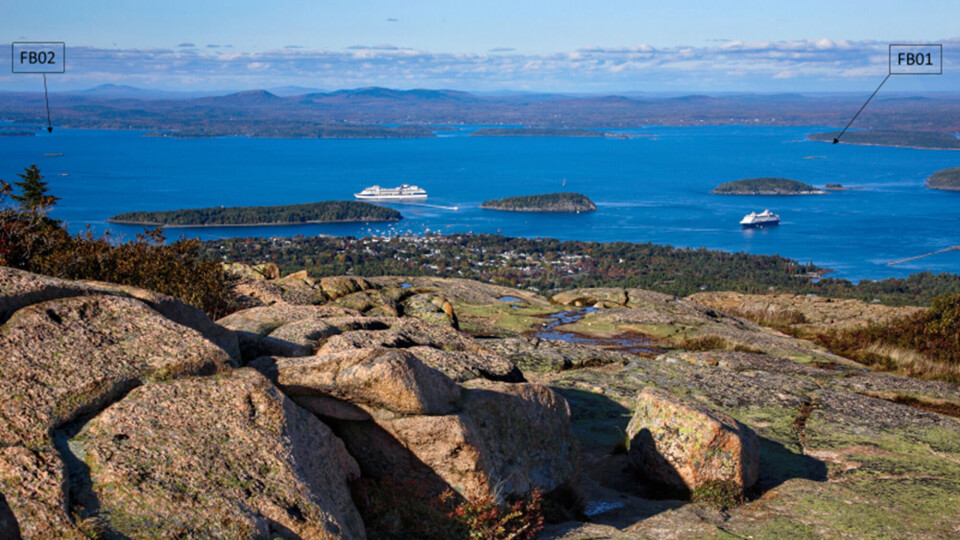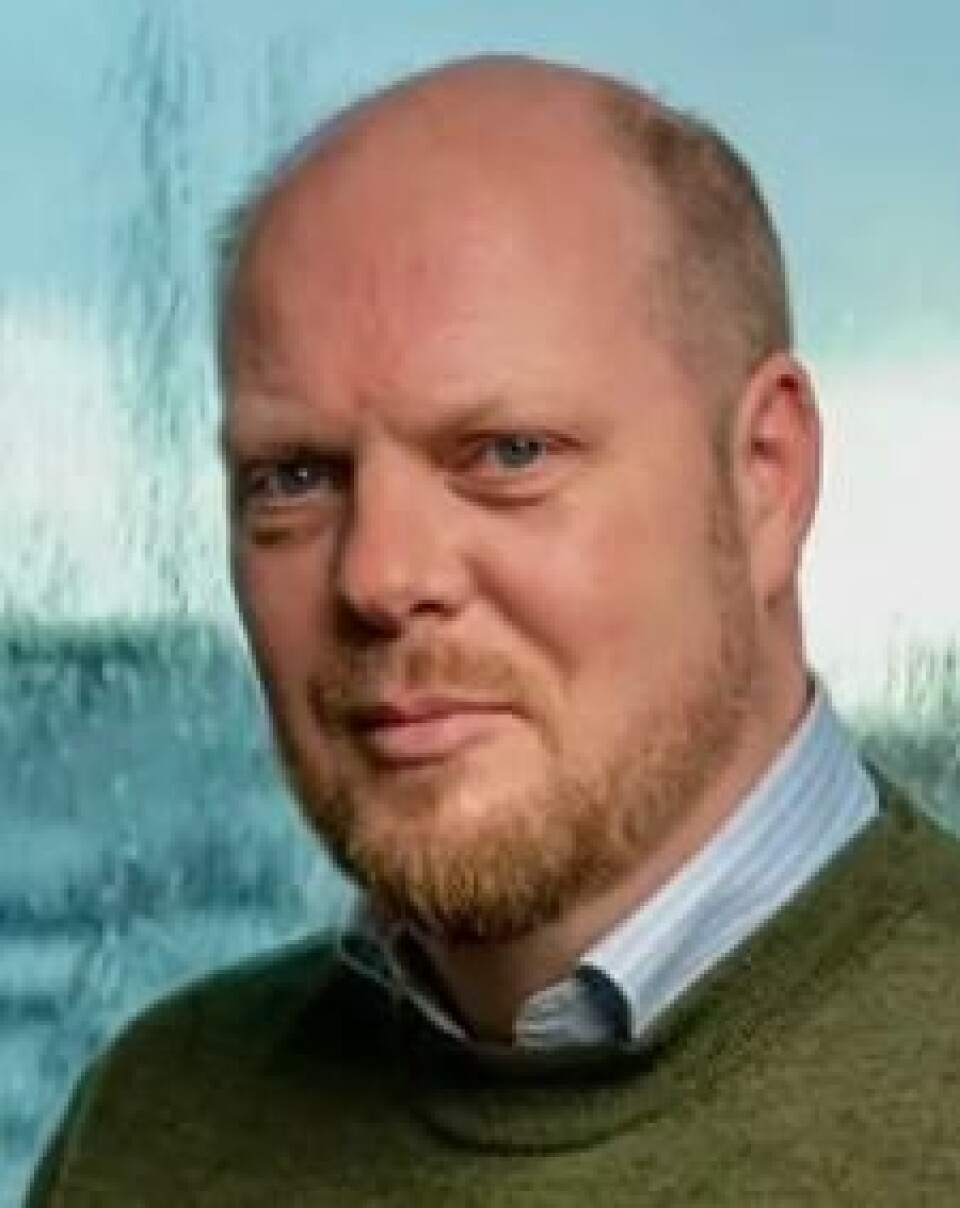
American Aquafarms buys Fiizk farm planning software
American Aquafarms, which plans to produce in floating closed containment systems off the coast of Maine, has chosen FiizK Digital’s Horizon Planner Land software to meet its requirements for biological planning.
The fish farmer, founded by Norwegian investment company Global AS, has a goal of producing 30,000 tonnes of salmon in the first phase, along with a hatchery and processing facilities in the town of Gouldsboro.
In a press release, Norway-based Fiizk said American Aquafarms needed a good tool that could help it design the best possible production plan, and initially purchased access to the Horizon Planner tool during a project period, to lay out a clear plan for how it would achieve its production goals.
“During the project period, they saw the value of having access to a good tool for planning permanently, which resulted in the permanent acquisition of Horizon Planner Land,” said Fiizk.
Public meeting
American Aquafarms held an online public meeting on May 6 to inform local residents of its plan to site two farms in Frenchman Bay, Hancock County. The company was required to hold the meeting, which was attended by 117 people, by the Maine Department of Environmental Protection (DEP), in light of its impending Maine wastewater discharge permit application.
According to a report on the website of The Ellsworth American weekly newspaper, the company failed to specify by whom and exactly where in the world the closed-pen technology is being used in real time commercially to grow and successfully harvest Atlantic salmon for the global market.
American Aquafarms vice president Eirik Jors, Portland-headquartered Ransom Consulting Engineers and Scientists’ senior project manager Elizabeth Ransom and civil engineer and computer modeller Nathan Dill provided a detailed blueprint showing how the company would discharge a total of 2 billion gallons of circulated water (23,775 gallons per second) daily from the two 15-pen sites northwest of Long Porcupine Island and northeast of Bald Rock Ledge in Frenchman Bay.

Manual testing
Last autumn, Ransom did extensive manual and remote sensor testing in Frenchman Bay, which is about 15 miles long and 7 miles wide, to gauge the potential environmental impacts of the proposed salmon farms’ use and release of seawater there. Computer modelling and statistical techniques were used to analyse the hydrologic data and predict outcomes inshore and in distant reaches of the bay.
Some local people attending the meeting expressed concerns about the possible effects of water discharge on the bay.
Jors said wastewater treatment designed by Norway’s Blue Ocean Technology would capture 90% of the fish waste consisting of faeces and residual nutrients.
Nitrogen release
The amount of nitrogen released as part of the discharge would be 2,300 pounds (1.04 tonnes), far below the permitted volume under state law.
“Without degrading the water quality, you could add 13,000 pounds of nitrogen and that would bring you right to that threshold,” The Ellsworth American reported Dill saying. “So, we are well below the 20% capacity threshold.”
American Aquafarms is expected to submit its wastewater discharge permit application in late May. Once that happens, the public has up to 20 days to request in writing that a public hearing be held. Holding a hearing is discretionary.






















































